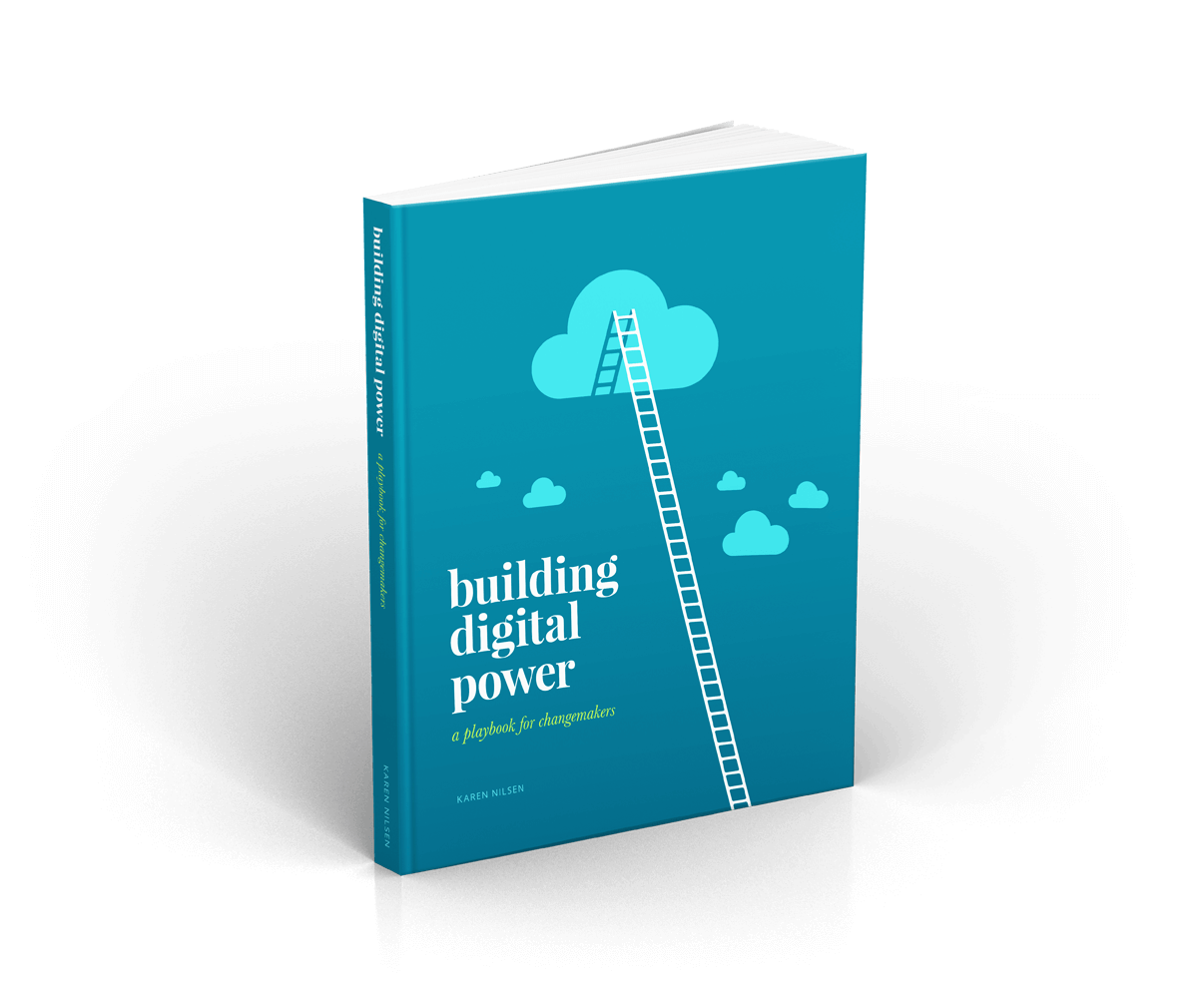Get a free digital strategy tip of the week:
Unsubscribe any time. We respect your data. View the privacy policy.
There are plenty of reasons people struggle to complete online actions. Poor page layouts, confusing language, onerous forms, and too many (or too
We have Homer Simpson to thank for the term that perfectly describes a communication model that turbocharges action requests with urgency. Because
I’m so glad you’re here. While it’s far from the most exciting, retention is arguably the most important factor in the success of
Here’s how the internal dialog usually goes: “We’re torn. We see other organizations sending from individual people but how do we know if
Imagine you’re at a party. There are plenty of new people you could meet and talk to. There’s a guy talking himself up.
The moment after someone completes an online action presents a critical opportunity. A well-crafted thank-you email will help cement this action as a
Cognitive biases are powerful mental distortions that affect the way we think and behave. They are so powerful that they can lead
Who are your supporters? And what do they need from you to reach their potential as star advocates or loyal donors? You might
If we want to get the most out of email, we need to make it personal. If every message we send sounds
Serious question. Success is more than a number. It’s an outcome. An increase in list size isn’t an end-goal; 1,000
If you’ve ever been annoyed by a website that stopped you from watching a video because you’re in the ‘wrong’ country ... you’re
Here’s an important piece of digital communication that you’ve probably never read: Few of us pay attention to stuff like
The General Data Protection Regulation (commonly, GDPR) came into effect in May 2018. It impacts all businesses and organizations, everywhere in the world,
A token is a little snippet of encoded data that identifies a supporter and can be attached to links in your email broadcasts.
Imagine you’ve been asked to have an important conversation with ... ‘someone’. Chances are, you’ll be much happier to have that conversation if
Don’t Say Everything All at Once
Take your time.
In the pursuit of saying more with less, I’ll admit—not every big idea can be reduced to a snappy soundbite. Sometimes there really is a lot to say. Still, there are better options than trying to say everything in one interaction. Readers will find it hard to retain dense information. And rarely do we need to place this much pressure on ourselves.
Pace yourself
Whether you’re communicating through your email list or your social media feed, remember that you’re in an ongoing relationship with your audience. You don’t just get one shot at this. When there’s a lot to say, try saying it over a series of linked emails, web pages, or social media posts. Break up your content into bite-sized ideas and deliver them over time to deepen impact. This will reach more people and give each idea its own time and space to resonate.
Think of digital communications like conversations, not lectures. Be the conversation partner that your supporter wants to come back to.
Was this tip useful?


Like this tip? Share it!







